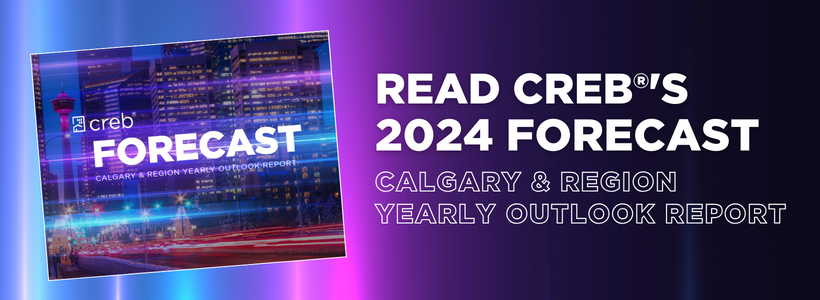- Restrictive covenants: This covenant restricts what can be done with the piece of land, which can vary significantly. It is best practice to have clients read those covenants so they know whether there will be restrictions on what types of fences they can have and whether they can operate a certain business there, among other things.
- Liens: A lien on the title indicates that the owner of a property owes money to someone. Based on the law, regardless of the situation, the property owner needs to discharge the lien before agreeing to sell the home or before possession day. Otherwise, the sale may not close.
- Caveats: These are registered if there is a written agreement charging the land, including debts (mortgages or promissory notes), dower interests, builder’s liens and more. Similar to restrictive covenants, caveats can vary. Therefore, it is crucial to review the actual document that is registered at the Land Titles office.
- Utility right of way: This shows that there is a strip of land under which utilities are buried. Landowners cannot build anything on top of the utility right of way, and if they do, they will not get Municipal compliance.
- Overland water drainage: Like a utility right of way, this is a strip along the back or side of a property containing a concrete swale, which allows the water to run to a street or sewer. This registration means that nothing can be built onto the reserved space or block the water drainage. If you do, you may be required to remove the structure, or it may be removed or destroyed for you.
- Encroachment agreements: When a structure is built on a property and it extends past the property line onto the neighbouring property, an encroachment agreement is signed and registered with the Land Titles Office.
The agreement sets out the “rules” that allow the encroaching structure to remain in place and addresses maintenance, liability, and what happens if the structure needs to be rebuilt. These agreements are common and not a cause of immediate concern, but it is good to have your clients be aware of them. - Easements/ right of way: These run with the land and cannot be discharged. They allow someone other than the property owner to access the property.
Some examples include allowing maintenance to adjoining properties, allowing the use of a shared road located on only one property, and access to utility lines or shared wells. - Writs and Certificates of Lis Pendens (CLP): These registrations indicate that the property is involved in a litigation matter. When you see a CLP, know that the owner of the property has likely been sued, but there is no judgment yet.
If the court rules in favour of the plaintiff, a writ is registered on title to show that the plaintiff has an actual interest in the property. Please note: A seller MUST discharge this registration before the closing of the sale.
Please note that this is not an exhaustive list. If you see a registration you do not understand, please contact Member Practice at mp@creb.ca
Alternatively, you can reach out to Kahane Law Office, and their skilled team will be happy to assist you with your questions. You can call them at 403-225-8810 or email at realestate@kahanelaw.com




{ 0 comments…}